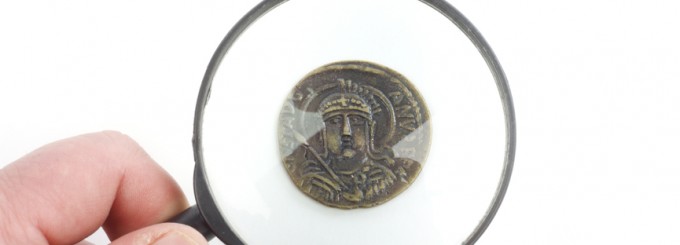5 Simple Tools That Can Help You Spot Counterfeit Coins

Even since ancient times, counterfeit coins have been an unpleasant reality. Originally made for the purpose of being spent, nowadays the coinage’s collectible value has drawn the attention of numerous quick-buck con artists. Although the American Numismatics Association Certification Service has managed to expose most counterfeit coins, the organization wasn’t able to eliminate the problem completely.
That, however, doesn’t automatically mean that coin collectors don’t have a few tricks left up their sleeve. Following is the list of the very basic tools that can help you ferret out counterfeits.
- A magnet
A simple object like the magnet is guaranteed to assist you in spotting fake Chinese coins. In case you’re new to coin collecting, you should know that a great percentage of these coins are made of iron-based planchets. Besides identifying counterfeit Chinese coinage, the magnet also proves useful for collectors interested in US coins. So far, there has only been one coin in circulation in the US to feature iron, namely the 1943 steel penny. Ergo, any other US coin that’s attracted by magnet is a fake. On a side note, Canada has been using iron alloys for their coins for decades and hence, this test is useful if you collect Canadian coins as well.
- A gram scale
Not only are most fake Chinese coins made of iron, but some scam artists even use scrap metal for this purpose. Without denying that there are several reasons for a coin to be slightly underweight, anything that is over 1% or one tenth of a gram different from the standard value should raise a red flag. Simply place the coin on a gram scale capable of an accuracy of at least one tenth of a gram and compare the value with the proper standard weight.
- A caliper
The caliper is an instrument utilized to measure the diameter of a coin. The US Mint is known for its minute approach regarding coinage diameters, so any coin that appears too small – even by a tiny bit – should raise suspicion. In general, counterfeits are both underweight and undersized. When using the caliper, remember to close its jaws slowly until they are touching the edges of the coin, to make sure you get an accurate measurement.
- A magnifier
A magnifier with a minimum power rating of 8x is ideal for inspecting the surface of the coinage and identifying details that are normally not visible with the naked eye. Many experienced collectors recommend lens with 10x magnifying power; while it’s slightly more expensive, this tool also has the advantage of greater clarity. Take note that most counterfeits have a bumpy or soapy surface.
- The Red Book
Lastly, the Red Book is an invaluable resource compiling all the necessary data on the coins you might be interested in buying. It’s particularly helpful if you’re a beginner. Unlike other resources out there, the Red Book includes the coins’ specifications in addition to the price guides. Even though there are some permitted deviations from the Mint’s specifications for each coin, these differences are actually trivial.


